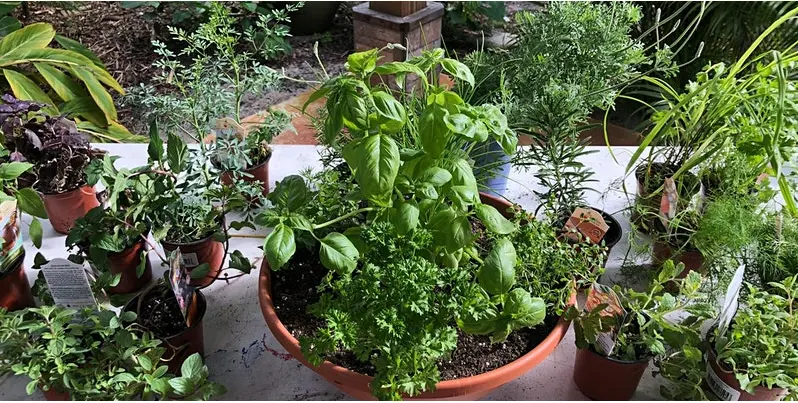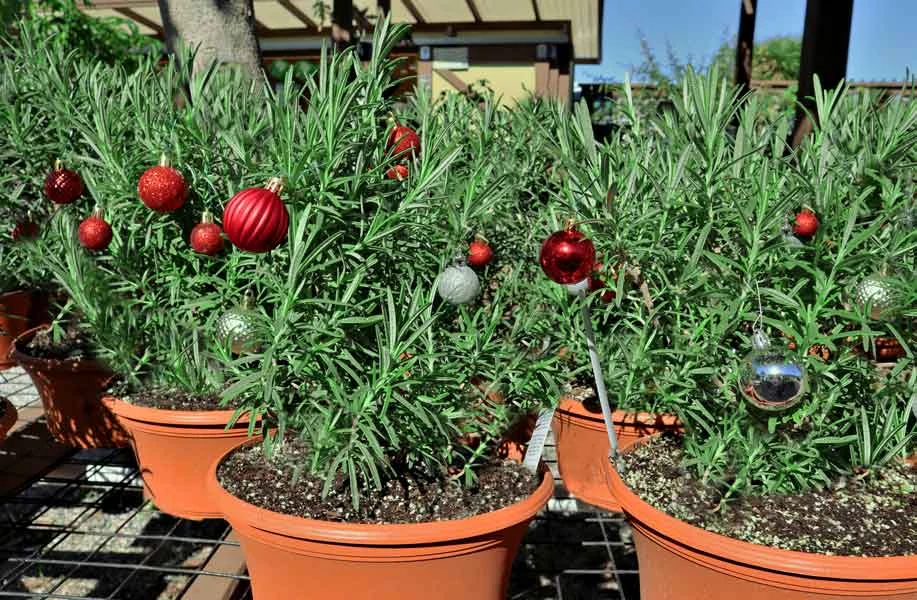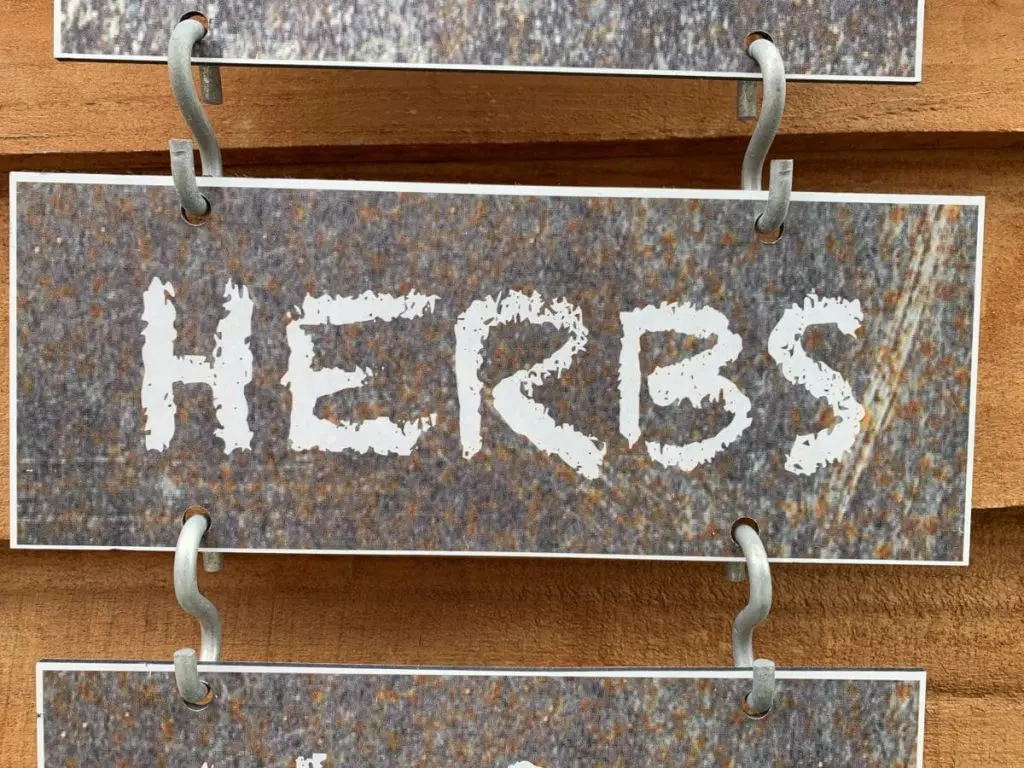by Amanda Rose Newton
This year marks the return of social holiday gatherings including the founding member of the family affair, Thanksgiving.

While many of us have different traditions as far as food goes, whether you are partaking in traditional turkey, the over-the-top turducken, or a tofurkey, all are united by the spices of the season.
Make this holiday extra special by growing your own herbs to add to your holiday dishes. Or, better yet, make it a decorative centerpiece for your celebration. If you are planning to be a guest to a feast, a spicy-smelling pot of herbs is sure to get used long after the last leftover turkey sandwich is consumed.
Herbs to Savor
Below are the classic herbs used in turkey and stuffing but feel free to add with abandon to potatoes, carrots, and even salad greens.
Oregano or Marjoram- these vigorous spreaders create great overhang in a display and can easily be replanted outdoors after the festivities are done. Plant one or the other– not both, as they will take on each other’s flavors.
Sage- the best friend of rosemary in savory dishes, it is the star of stuffing! It also comes in many formats including variegated versions, making it a standout in a centerpiece.
Rosemary– THE Fall herb to end all herbs! This one needs no introduction, as it is a poultry superstar. Its woody growth habit makes it a natural to topiary, meaning you could easily turn a thanksgiving plant into a miniature Christmas tree to extend its use.

Thyme- Understated, like many of the classic side dishes it pairs with, the herb also has a tendency to take on a spreading habit. Use this for texture in a herb container and move out to the herb bed once it gets a little leggy.
Chives- The perfect match for potatoes, this is another herb that tends to be used the more it is kept in plain view. Easy to grow and easy to replant into the yard after the season ends.
Thinking Outside The Container
Looking for an over-the-top host gift? Consider a small tree! Many of these can be started in containers and replanted outdoors once the weather warms.
Bay- The heavily scented leaves make for delicious attends to gravies, broths, and stews. While it will grow into a large tree, it does well in a pot for several months.
Fig– Another small tree, certain varieties can be kept in a pot year-round and still produce delicious fruit that can be dried and enjoyed year-round. For the best varieties for pots, consult our gardening staff.
Herb Container Care
Containers always need more water than they would outdoors, so be sure to keep an eye on moisture levels. All will produce the most if they are in adequate light, so placing by a sunny window ensures success.
Harvesting is important to the vigor and health of your herbs as it stimulates new growth. Removing the flowers reminds the plant that you are not done with it yet, and will keep producing more green growth instead of going to seed.

If you are picking herbs for recipes, remember that generally, 1 teaspoon of dried herbs from the store is about the equivalent of 3 teaspoons of fresh herbs from your container garden. Be sure to add them at the end of the cooking time to get the most out of the flavor and bright color. Rosemary, with its woody habit, can be cooked longer, especially when used in dishes like stuffing.
Take the guesswork out of creating a beautiful gift-worthy herb garden by attending our workshop on living herb centerpieces with our container gardening guru, Susan, on November 20th, 2021. See our upcoming events here.


